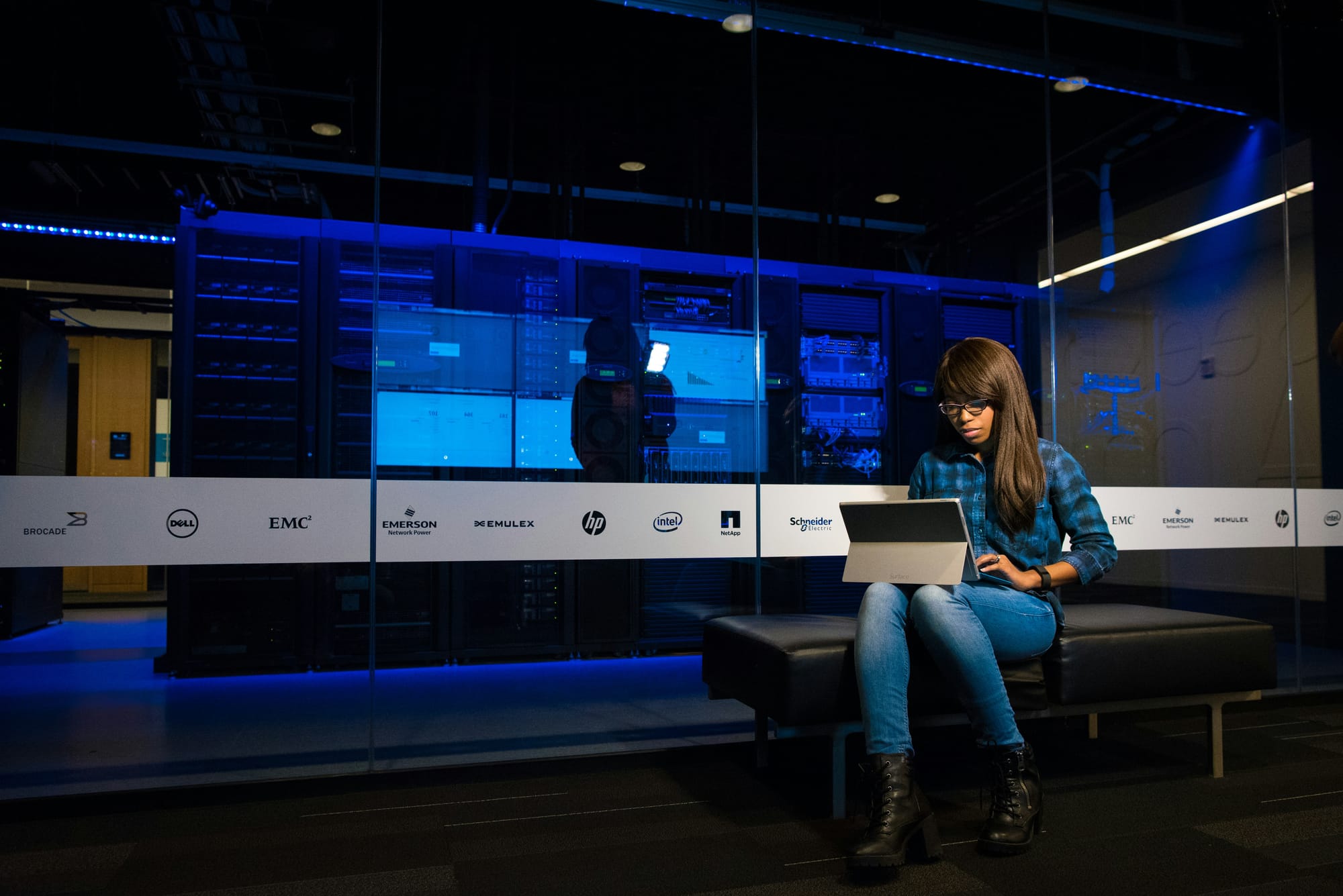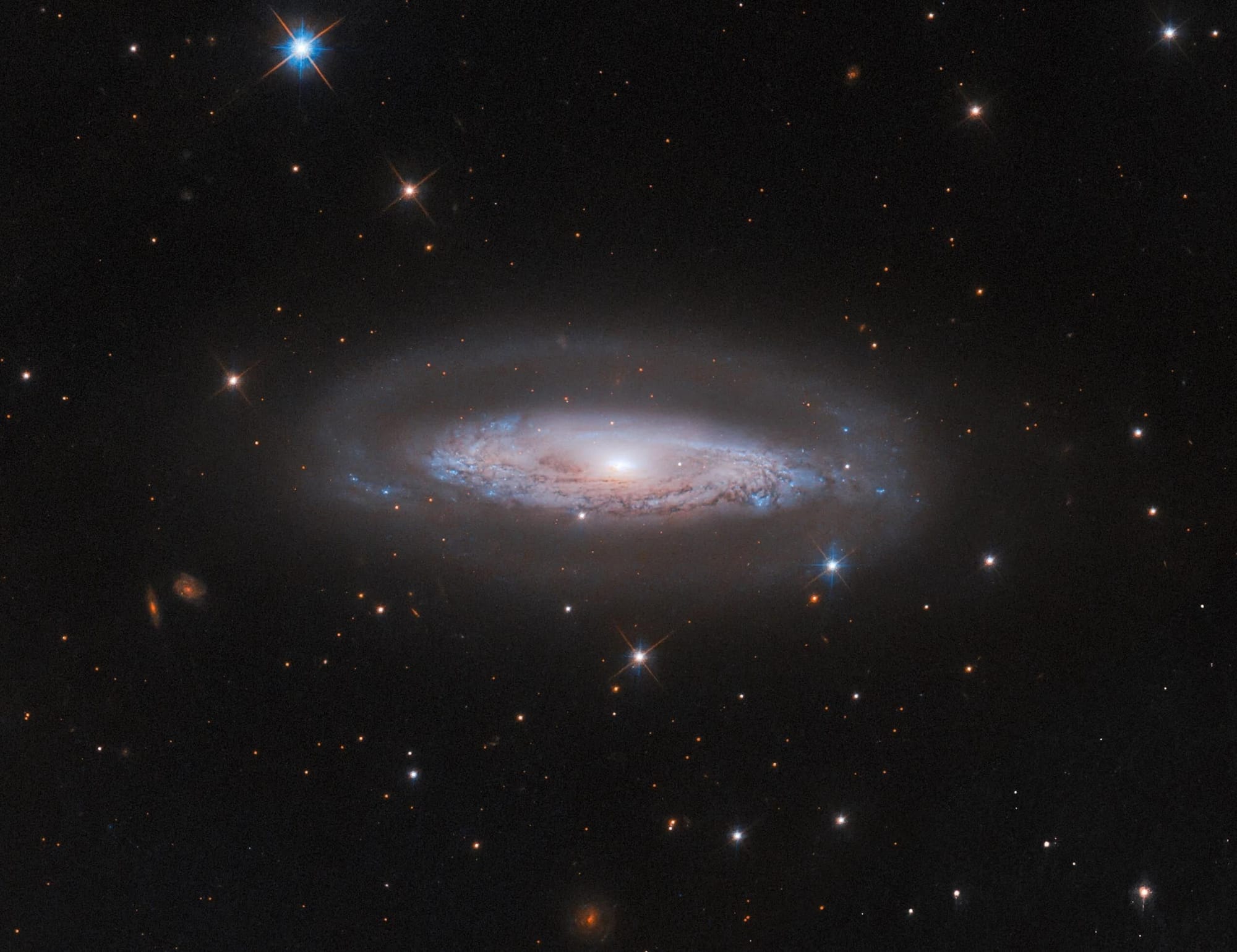
The Automation Takeover: Are Software Engineers Becoming Obsolete?
by Forbes | 4 Minute Read
With AI and automation advancing at rapid speed, some fear software engineers may soon face redundancy. But experts argue there's still a need for human oversight in development and creativity.

Crypto Firms Battle Malicious Actors Amid Exodus
by Cointelegraph | 3 Minute Read
As crypto firms work to secure their systems, they face growing challenges from malicious actors who exploit code vulnerabilities. The Exodus CEO discusses how the industry can stay resilient against these attacks.

Quantum Finance: How New Technologies Are Transforming Fintech
by Yahoo Finance | 5 Minute Read
Quantum computing is poised to disrupt fintech, bringing new solutions to complex financial models. This article explores how quantum finance technologies could shape the future of the financial world.
🌙 NASA - Best Photo from Last Week
Hubble Examines a Busy Galactic Center

This NASA/ESA Hubble Space Telescope image features the spiral galaxy IC 4709 located around 240 million light-years away in the southern constellation Telescopium. Hubble beautifully captures its faint halo and swirling disk filled with stars and dust bands. The compact region at its core might be the most remarkable sight. It holds an active galactic nucleus (AGN).
If IC 4709’s core just held stars, it wouldn’t be nearly as bright. Instead, it hosts a gargantuan black hole, 65 million times more massive than our Sun. A disk of gas spirals around and eventually into this black hole, crashing together and heating up as it spins. It reaches such high temperatures that it emits vast quantities of electromagnetic radiation, from infrared to visible to ultraviolet light and X-rays. A lane of dark dust, just visible at the center of the galaxy in the image above, obscures the AGN in IC 4709. The dust lane blocks any visible light emission from the nucleus itself. Hubble’s spectacular resolution, however, gives astronomers a detailed view of the interaction between the quite small AGN and its host galaxy. This is essential to understanding supermassive black holes in galaxies much more distant than IC 4709, where resolving such fine details is not possible.
This image incorporates data from two Hubble surveys of nearby AGNs originally identified by NASA’s Swift telescope. There are plans for Swift to collect new data on these galaxies. Swift houses three multiwavelength telescopes, collecting data in visible, ultraviolet, X-ray, and gamma-ray light. Its X-ray component will allow SWIFT to directly see the X-rays from IC 4709’s AGN breaking through the obscuring dust. ESA’s Euclid telescope — currently surveying the dark universe in optical and infrared light — will also image IC 4709 and other local AGNs. Their data, along with Hubble’s, provides astronomers with complementary views across the electromagnetic spectrum. Such views are key to fully research and better understand black holes and their influence on their host galaxies.
Disclaimer: None of the content in this newsletter is meant to be financial advice. Please do your own due diligence before taking any action related to content within this article.





